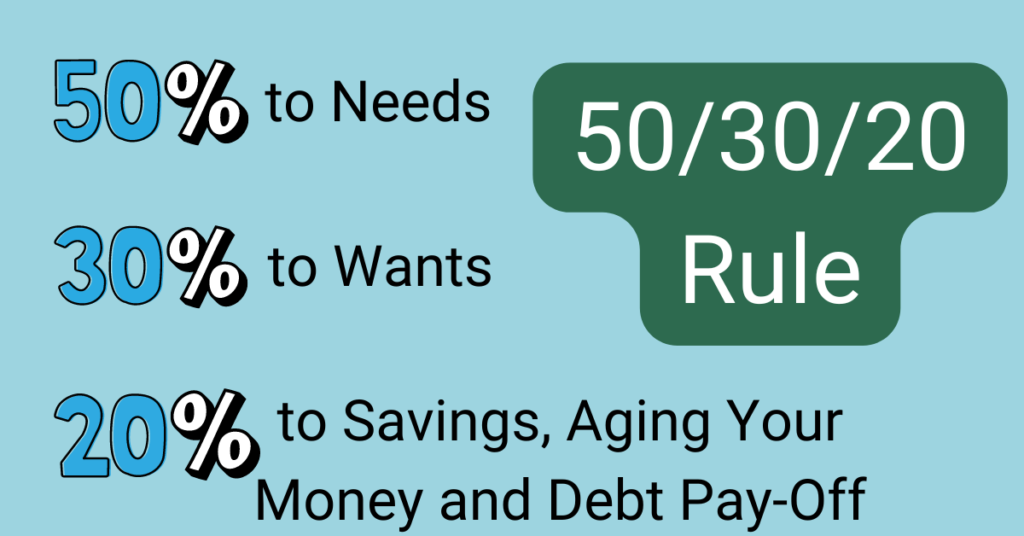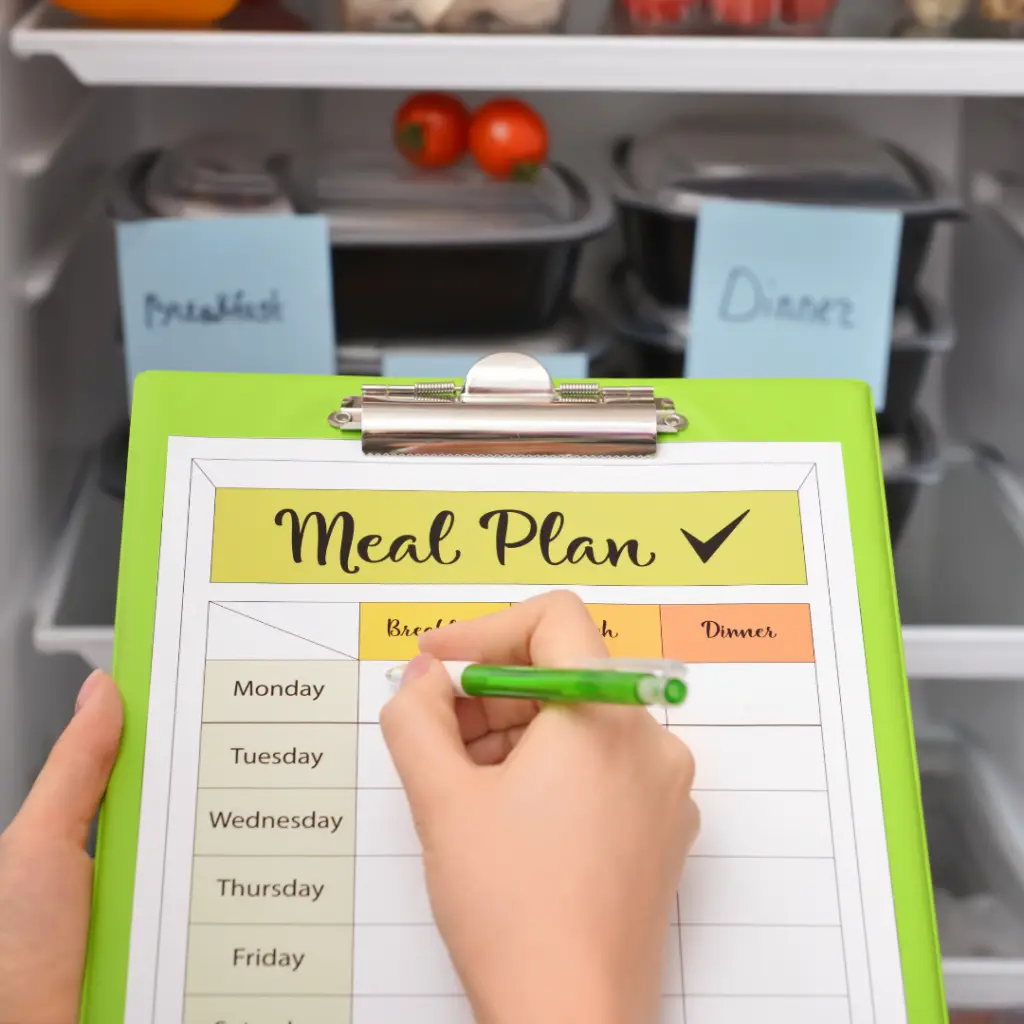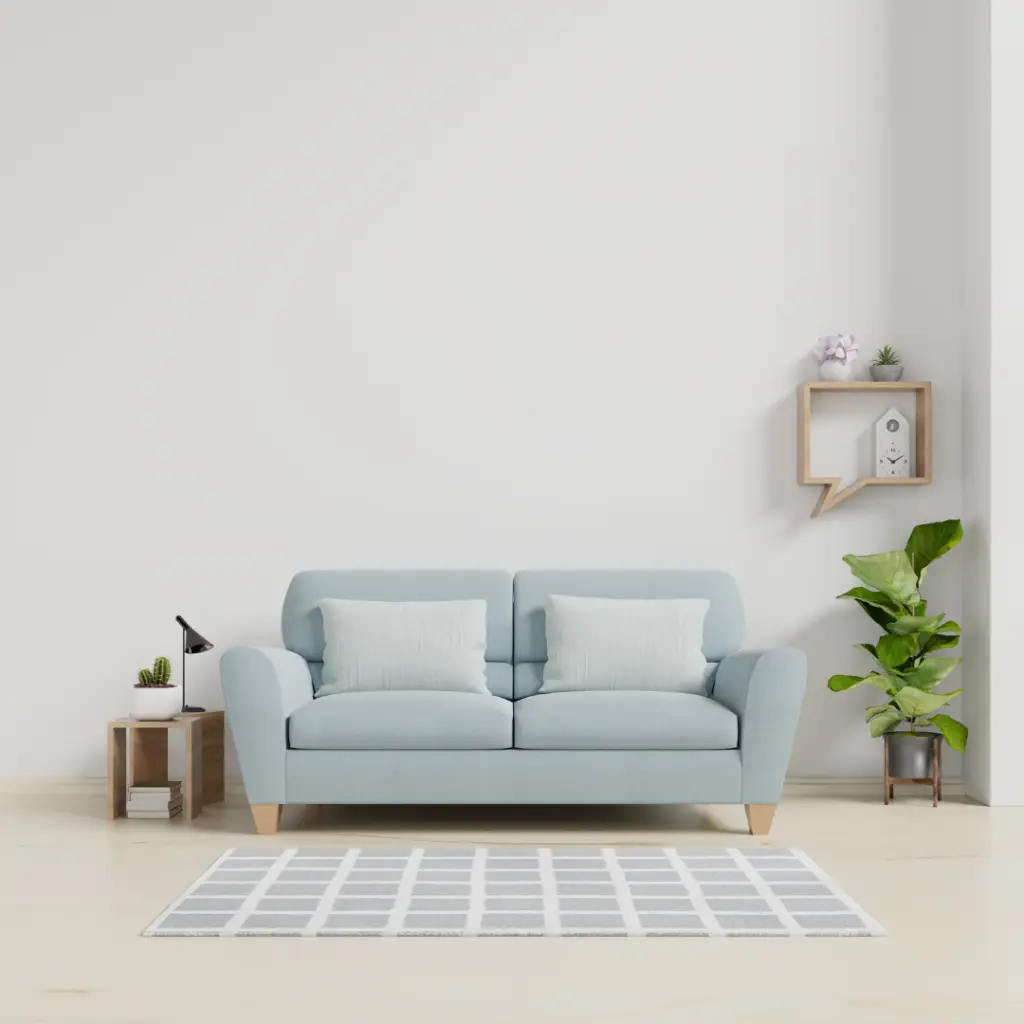Who says you need a big budget to live a rich life? The truth is, living richly isn’t about how much money you have but how you choose to spend—and save—it. In a world where consumerism often dictates our choices, it’s easy to feel pressured to equate wealth with happiness. But by embracing frugality and intentional living, you can enjoy a fulfilling, abundant life on a lower income. This guide will explore how to prioritize what matters, find joy in simplicity, and make the most of every dollar. Ready to transform your financial mindset? Let’s dive in.
Prioritize Spending on What Truly Matters
Understanding Your Values
Living richly starts with defining what truly matters to you. Whether it’s spending time with family, pursuing a hobby, or maintaining your health, understanding your core values helps you focus your spending on what brings genuine joy. It’s not just about cutting costs—it’s about reallocating your resources to areas that enhance your life.

Create a Value-Based Budget:
- Identify Core Values: List what’s most important to you, such as family, health, or personal growth. Reflect on past spending to see if it aligns with these values.
- Reallocate Spending: Cut back on non-essential items that don’t align with your values and redirect those funds to areas that do. For example, if family time is a priority, you might reduce dining out to save for a family vacation.
- Set Goals: Establish financial goals tied to your values, such as saving for a family vacation, pursuing further education, or investing in personal development. These goals will serve as a guide for your financial decisions.
- Monitor Progress: Regularly review your budget and adjust as needed to stay aligned with your values. This might mean revisiting your spending every month or quarter to ensure you’re staying on track.
Avoid Lifestyle Creep
As your income increases, it’s tempting to upgrade your lifestyle. However, unchecked lifestyle creep can lead to financial stress and delay your progress towards financial goals. Staying mindful of your spending, even as your income grows, is key to maintaining financial health.
Strategies to Combat Lifestyle Creep:
- Celebrate Wins Wisely: Treat yourself in ways that don’t permanently increase your expenses. For instance, instead of buying a new car, celebrate with a weekend getaway or a special meal at home.
- Save the Extra Income: Funnel raises or bonuses into savings or investments rather than spending them on non-essentials. This strategy can accelerate your progress towards long-term goals like buying a home or retiring early.
- Reevaluate Regularly: Periodically revisit your budget to ensure it still reflects your priorities. Life circumstances and priorities change, and your budget should adapt accordingly.

The 50/30/20 Rule with a Twist
The 50/30/20 rule suggests allocating 50% of your income to needs, 30% to wants, and 20% to savings and debt repayment. You can adapt this rule to better fit your lifestyle by adjusting the percentages or reallocating based on your values.
Adapting the Rule:
- Increase Savings: If you’re focused on financial goals like retirement or debt repayment, consider allocating more than 20% to savings and investments. Small increases, like saving an extra 5-10%, can have a significant impact over time.
- Prioritize Experiences: If experiences bring you joy, allocate more of your budget to activities like travel, hobbies, or learning opportunities. This might mean cutting back on material purchases to fund experiences that create lasting memories.
How to Find Joy in Simple Pleasures
The Power of Simplicity
Living richly doesn’t require extravagant spending. Often, the most meaningful experiences are simple and low-cost. By shifting your focus to the small pleasures in life, you can enhance your well-being without breaking the bank. Simple pleasures, like enjoying a morning cup of coffee or a walk in nature, can be the key to a happier, more fulfilling life.
Practical Ways to Enjoy Simple Pleasures:
- Practice Gratitude: Start a daily gratitude journal or take gratitude walks to focus on the positive aspects of your life. These practices can help shift your mindset from scarcity to abundance, allowing you to appreciate the wealth you already have.
- Embrace Nature: Spending time outdoors, whether it’s hiking, picnicking, or simply sitting in a park, can be incredibly refreshing. Nature offers endless opportunities for relaxation and reflection, all for free.
- Savor Daily Rituals: Turn everyday activities, like enjoying your morning coffee or taking a quiet evening walk, into rituals that bring joy and calm. These moments of mindfulness can help you connect with the present and find contentment in your daily life
- Cultivate Meaningful Relationships: Focus on spending quality time with loved ones through simple traditions like family game nights, shared meals, or phone calls. Strong relationships are a key component of a rich life, and they don’t require spending money.
- Mindful Consumption: Before making purchases, consider whether the item will truly add value to your life, and avoid impulse buys. Mindful consumption not only saves money but also reduces clutter and waste.
Real-Life Examples
Example 1: The Morning Ritual Enthusiast
Sarah used to rush through her mornings, often feeling stressed before her day even began. By waking up 30 minutes earlier to enjoy a quiet cup of tea on her porch, she starts each day with a sense of calm and gratitude, setting a positive tone for the hours ahead.
Example 2: The Nature Lover
John lives in a bustling city but makes it a point to visit the local park every weekend. Whether he’s jogging, reading a book under a tree, or simply people-watching, these moments in nature provide him with a much-needed escape from the chaos of urban life, all without spending a dime.
DIY Projects and Cost-Saving Hacks
The Benefits of Doing It Yourself
DIY isn’t just about saving money—it’s about creativity and the satisfaction of making something with your own hands. Whether it’s home decor, cooking, or personal care, DIY projects can significantly reduce your expenses while providing a rewarding sense of accomplishment. Additionally, DIY can be a fun and therapeutic way to spend your time.
DIY Home Decor on a Budget:
- Upcycle Furniture: Transform old furniture with paint, new hardware, or repurposing to create something unique and personalized. This not only saves money but also gives your home a distinctive look that reflects your style.
- Create Your Own Wall Art: Use materials like canvas, photos, or natural elements to create affordable, personalized art for your home. Crafting your own art allows you to tailor it to your tastes and home decor, all while saving money.
- Craft with Found Materials: Repurpose everyday items, like jars, fabric scraps, or old wood, into functional or decorative pieces. These projects can be both fun and practical, and they reduce waste by giving new life to old items.
Cost-Saving Hacks for Everyday Life:
- Cook from Scratch: Save money and eat healthier by preparing meals at home. Batch cooking, meal prepping, and homemade snacks are great starting points that also allow you to control what goes into your food.
- DIY Personal Care Products: Make your own beauty and cleaning products using natural ingredients like coconut oil, baking soda, and essential oils. These products are often cheaper, healthier, and more eco-friendly than store-bought alternatives.
- Repair and Repurpose: Extend the life of your belongings by learning basic repair skills and repurposing items you already own. This can include anything from mending clothes to refurbishing furniture, reducing the need to buy new items.
Real-Life Examples
Example 1: The Budget Decorator
Lisa wanted to redecorate her living room but didn’t have the budget for new furniture. She decided to upcycle a few pieces she already owned. With some paint, new knobs, and a little creativity, she transformed an old dresser into a stylish sideboard and turned an unused ladder into a trendy bookshelf. The result? A completely refreshed living space at a fraction of the cost.

Example 2: The Home Chef
Mark was spending a small fortune on takeout every week. Determined to cut costs, he started cooking from scratch. He began meal prepping on Sundays, making large batches of his favorite dishes and freezing them for easy dinners during the week. Not only did he save money, but he also discovered a love for cooking and healthier eating habits.
4. The Benefits of Minimalism and Intentional Living
Understanding Minimalism
Minimalism is about focusing on what’s essential and eliminating the excess. It’s not about deprivation, but rather about creating more space for the things that truly matter. By adopting minimalism, you can reduce stress, save money, and enhance your quality of life.
Core Principles of Minimalism:
• Intentionality: Keep only what serves a purpose or brings you joy. This mindset helps you avoid clutter and ensures that your surroundings reflect your values.
• Mindfulness: Make conscious choices that align with your priorities, from the things you buy to the commitments you make. Mindfulness in consumption and decision-making leads to a more fulfilling life.
• Simplicity: Simplify your environment, schedule, and lifestyle to reduce stress and increase clarity. A simpler life often means fewer distractions and more focus on what truly matters.
The Benefits of Minimalism
Minimalism offers a range of benefits, from financial freedom to improved mental well-being. By focusing on what’s essential, you can reduce stress, save money, and enhance your overall quality of life.
1. Financial Freedom
• Lower Expenses: One of the most immediate benefits of minimalism is the reduction in expenses. When you’re no longer focused on acquiring more, you naturally spend less. This allows you to free up funds for more important things, like paying off debt, saving for retirement, or investing in experiences that truly enrich your life.
• Increased Savings: By cutting back on unnecessary purchases and simplifying your lifestyle, you can significantly boost your savings rate. Whether it’s downsizing your home, driving a more affordable car, or reducing impulse buys, minimalism can help you build a financial cushion and achieve your long-term goals.
• Intentional Spending: Minimalism encourages you to spend money on what truly matters. Instead of mindless consumption, you’ll find yourself making thoughtful purchases that align with your values and priorities.
2. Mental Clarity and Reduced Stress
• Less Clutter, Less Stress: A cluttered space can lead to a cluttered mind. By decluttering your home and workspace, you can reduce stress and create a more peaceful environment. This, in turn, can lead to better focus, productivity, and overall well-being.
• Simplified Decision-Making: When you own fewer things and have fewer commitments, decision-making becomes easier. You’re not overwhelmed by too many choices, which allows you to focus on what’s truly important.
• Greater Focus on Priorities: Minimalism helps you identify and prioritize the things that matter most to you. Whether it’s spending time with loved ones, pursuing a passion, or taking care of your health, minimalism clears the way for you to focus on your top priorities.
3. Enhanced Quality of Life
• More Time for What Matters: By eliminating non-essential tasks and commitments, you free up time for the things that truly enrich your life. This could mean more time for family, hobbies, travel, or personal growth.
• Improved Relationships: Minimalism encourages you to focus on relationships over material possessions. By spending less time and money on things, you can invest more in the people you care about. This can lead to deeper, more meaningful connections.
• Contentment and Gratitude: Minimalism fosters a sense of contentment by shifting your focus from what you lack to what you have. By appreciating the simple pleasures in life, you can cultivate gratitude and a greater sense of fulfillment.
4. Environmental Benefits
• Reduced Consumption: Minimalism naturally leads to consuming less, which in turn reduces your environmental footprint. By buying fewer products, you contribute less to the demand for resources, energy, and manufacturing.
• Sustainable Choices: Minimalists often prioritize quality over quantity, opting for sustainable and durable products that last longer and have a lower environmental impact. This might mean choosing eco-friendly materials, supporting ethical brands, or embracing a zero-waste lifestyle.
• Mindful Disposal: Minimalism encourages responsible disposal of unwanted items. Instead of throwing things away, consider donating, recycling, or repurposing them. This helps reduce waste and gives your belongings a second life.

Practical Tips for Embracing Minimalism and Intentional Living
Minimalism isn’t about making drastic changes overnight—it’s a gradual process that evolves over time. Here are some practical steps you can take to start living a more minimalist and intentional life:
1. Declutter Your Space
• Start Small: Begin with one area of your home, like a closet, kitchen drawer, or bookshelf. Sort through your belongings and ask yourself if each item is something you use, love, or truly need. If not, consider letting it go.
• Use the “One In, One Out” Rule: For every new item you bring into your home, remove one that you no longer need. This helps prevent clutter from accumulating and encourages mindful consumption.
• Embrace the “Capsule Wardrobe” Concept: A capsule wardrobe is a small, curated collection of versatile clothing pieces that you love and can mix and match. This not only simplifies your morning routine but also reduces the need for frequent shopping.
2. Simplify Your Schedule
• Prioritize Your Time: Take a close look at your daily and weekly schedule. Are there activities or commitments that don’t align with your priorities? Consider cutting back or eliminating them to create more time for what truly matters.
• Learn to Say No: It’s easy to overcommit yourself, especially when you want to please others. However, saying yes to everything can lead to burnout and stress. Practice saying no to things that don’t align with your values or that you simply don’t have time for.
• Create Margin: Leave room in your schedule for spontaneity, rest, and reflection. This “white space” can lead to greater creativity, relaxation, and a sense of balance.

3. Focus on Experiences Over Things
• Invest in Memories: Instead of spending money on material possessions, invest in experiences that create lasting memories. This could be anything from a weekend getaway to a cooking class or a concert. Experiences often bring more joy and fulfillment than material goods.
• Practice Mindful Consumption: Before making a purchase, ask yourself if it will truly enhance your life. Will it bring lasting joy, or is it just a temporary want? By being mindful of your consumption, you can make more intentional choices that align with your values.
• Cultivate Simple Pleasures: Find joy in the small, everyday moments that don’t cost anything. This could be a walk in nature, a good book, a conversation with a friend, or simply enjoying a quiet cup of coffee.
4. Build a Minimalist Mindset
• Shift Your Focus: Minimalism is as much about mindset as it is about physical possessions. Shift your focus from acquiring more to appreciating what you already have. Cultivate a sense of contentment and gratitude for the simple things in life.
• Embrace Imperfection: Minimalism isn’t about perfection. It’s about making intentional choices and finding what works best for you. Don’t stress about having the “perfect” minimalist home or lifestyle—focus on creating a life that brings you joy and peace.
• Continuous Reflection: Minimalism is a journey, not a destination. Regularly reflect on your lifestyle, values, and goals. As your life evolves, so will your approach to minimalism. Keep what works, and let go of what doesn’t.
5. How to Find Free or Low-Cost Entertainment and Activities
The Value of Affordable Entertainment
Entertainment doesn’t have to be expensive. With a bit of creativity, you can enjoy a wide range of activities without breaking the bank. Low-cost entertainment not only keeps your budget in check but also encourages you to explore new hobbies, connect with your community, and enjoy life’s simple pleasures.
Free or Low-Cost Activities in Your Community:
• Community Events: Attend local festivals, free concerts, and farmers markets for affordable entertainment. These events are often fun, family-friendly, and a great way to meet new people.

• Nature and Outdoor Activities: Explore parks, hiking trails, and beaches for free or low-cost outdoor fun. Spending time in nature is not only enjoyable but also beneficial for your mental and physical health.
• Public Resources: Take advantage of free resources like libraries, museums with free admission days, and public lectures. These institutions often offer a wealth of educational and cultural experiences at little to no cost.
Engage in Hobbies That Cost Little or Nothing:
• Reading and Writing: Borrow books from the library or start a writing project. Both are enriching, mentally stimulating activities that can be done with minimal financial investment.

• Gardening: Grow your own herbs or vegetables to save money and enjoy fresh produce. Even if you have limited space, container gardening can be a satisfying and rewarding hobby.
• Photography and Crafting: Use what you have to explore photography or create DIY crafts. These hobbies allow you to express your creativity without spending much money, and they often result in beautiful or useful items for your home.
Online and At-Home Entertainment:
• Streaming Services: Use free streaming platforms or take advantage of free trials for paid services. This allows you to enjoy movies, TV shows, and documentaries without the need for an expensive cable subscription.
• Online Learning: Explore free online courses or virtual museum tours. Whether you’re interested in learning a new skill or expanding your knowledge on a particular topic, the internet offers countless resources at no cost.
• At-Home Fitness: Stay active with free workout videos or bodyweight exercises. You don’t need a gym membership to stay fit—there are plenty of effective exercises you can do at home with little to no equipment.
Conclusion: Living Richly on Less—It’s All About Choices
Living richly on less is about making intentional choices that align with your values and bring you joy. By prioritizing what matters, embracing simplicity, and getting creative with how you spend your time and money, you can enjoy a high quality of life without overspending.
Take the insights from this guide and start applying them to your life. Whether it’s reevaluating your budget, simplifying your lifestyle, or finding joy in the simple things, every step you take brings you closer to a life of financial freedom and personal fulfillment.
Remember, living richly isn’t about how much you have; it’s about how you use it. Start making intentional choices today and watch how they transform your life.
